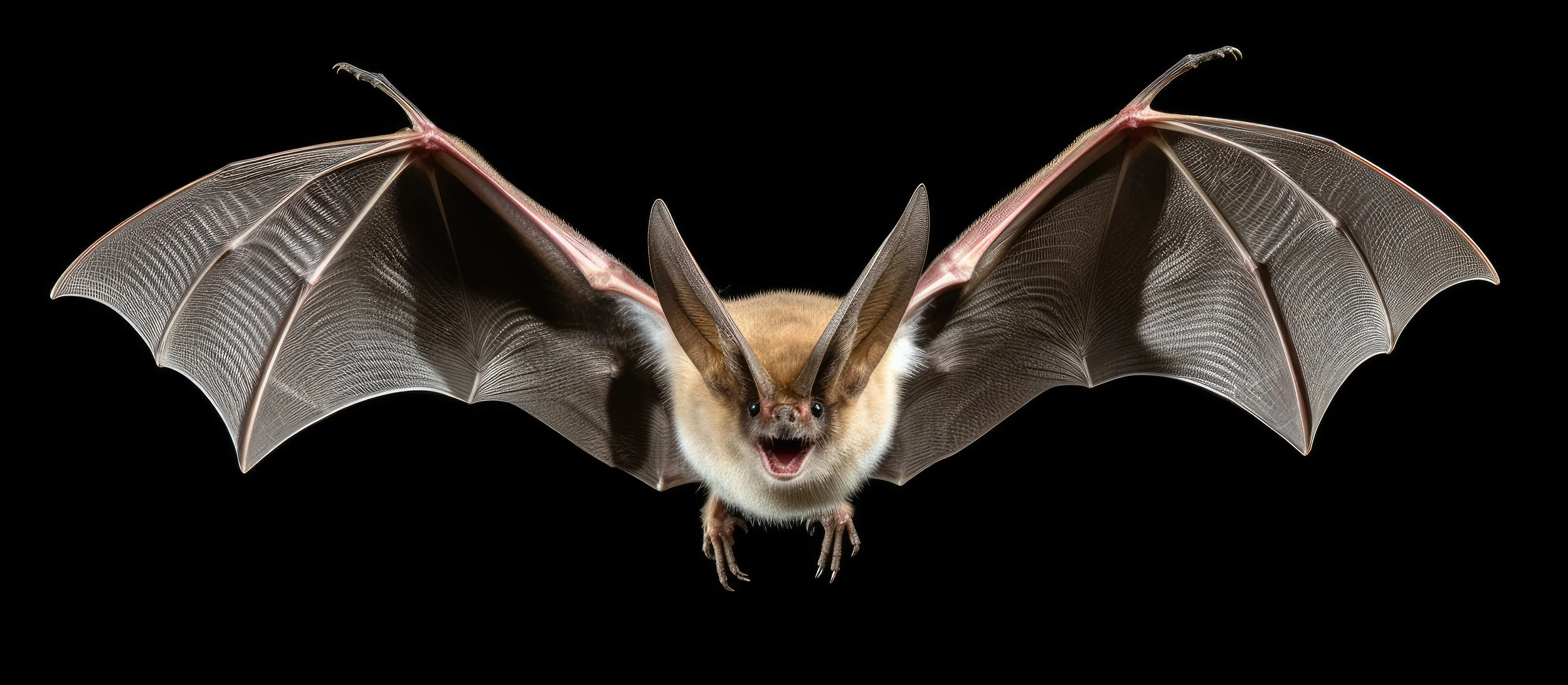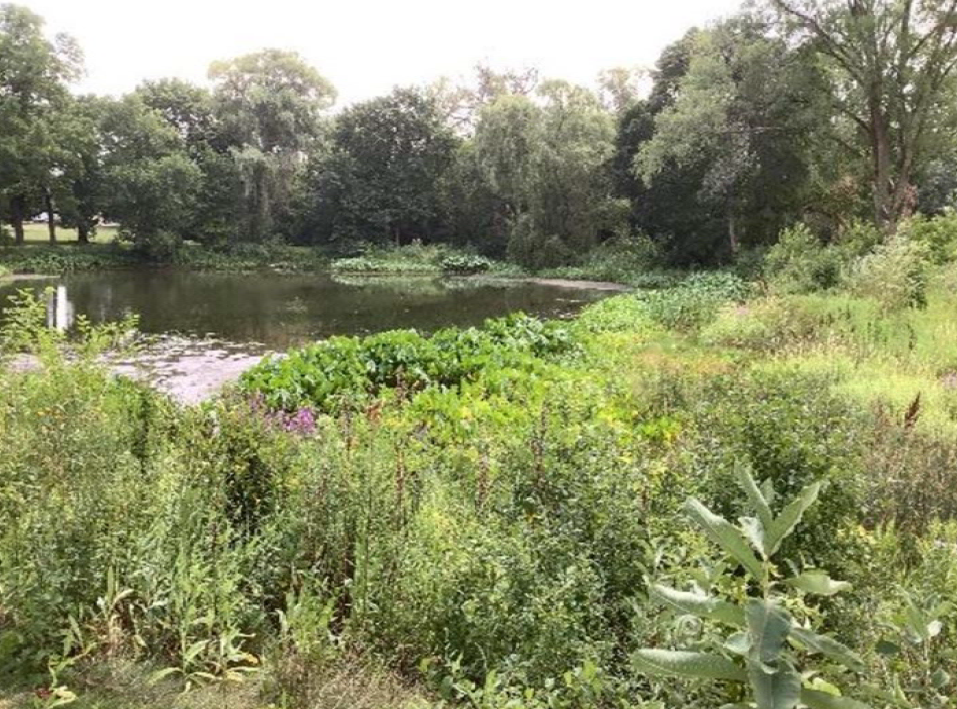Why Are We So Concerned About Bats?
Bats play a crucial role in ecosystems by consuming agricultural and forest pests and acting as predators of biting insects. They also help reduce the spread of insect-borne diseases like the West Nile Virus. However, since 2014, bat populations in Wisconsin have been rapidly declining due to a fungal disease that causes high mortality rates among cave-dwelling bats.
This disease, known as White-Nose Syndrome (WNS), was first identified in New York in 2006 and has since spread across the U.S., reaching Wisconsin in 2014. WNS has led to the most significant decline in North American wildlife ever recorded, impacting many species of cave-hibernating bats. Some populations have experienced nearly 100% declines. In Wisconsin, WNS poses a severe threat to all four cave bat species: the Big Brown Bat, Little Brown Bat, Northern Long-Eared Bat (NLEB), and Tricolored Bat.
What Does This Mean for Your Project?
Due to the significant decline in Wisconsin’s cave-dwelling bat populations, all municipal projects must undergo a review to assess potential impacts on bats. This review is required before proceeding with later phases of the project. Identifying whether your project area contains suitable habitat for NLEBs can help expedite the permitting process.
Private development, agriculture, and utility projects do not require approval, but municipal projects do. Approval from both the state and federal governments is required before the project can begin.
Federal Approval: U.S. Fish and Wildlife Service (via the Information for Planning and Consultation Determination Key; IPaC DKey)
State Approval: Wisconsin Department of Natural Resources (via the Natural Heritage Inventory; NHI)
To avoid delays, aim to get approval from the IPaC DKey and NHI early in the project design phase (around 30% completion).
Does Your Project Area Have a Potential Habitat for Northern Long-Eared Bats (NLEBs)?
Suitable HabitatS
Trees and snags with a diameter of 3 inches or greater at breast height (dbh) that feature exfoliating bark, cracks, crevices, and/or cavities provide suitable habitat. Bats typically roost singly or in maternity colonies under bark or more often in cavities or crevices of live trees and snags. Suitable roosting habitats must be within 1,000 feet of a forest.
Other potential roosting sites include:
Not Suitable Habitats
Trees located more than 1,000 feet from forested areas
Trees in predominantly urban, developed areas
Pure stands of trees less than 3 inches in dbh that lack larger trees
What If Your Project Is Not Cleared of Bat Habitat?
Contact Your Environmental Consultant: They can provide options, such as performing field surveys, to determine whether bat habitat is present in the project area.
Potential Roost/Habitat Survey: A trained biologist can assess the project area to confirm the presence of suitable habitat. Additional coordination with the USFWS/WDNR may be required for a final determination.
Conservation Measures: If habitat is present, measures such as tree clearing during the winter (August 16 to May 31) may allow the project to proceed without further conditions.
Habitat Conservation Plan: If impacts on bat habitat cannot be avoided, the existing habitat must be replaced or mitigated, typically at a 2:1 ratio. A mitigation plan must be submitted to the USFWS, and incidental take permits may be pursued through the WDNR.





















